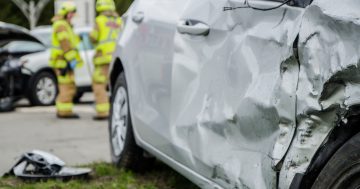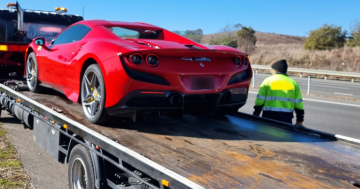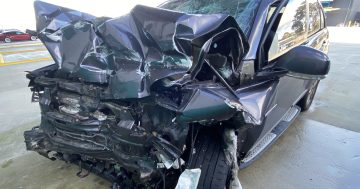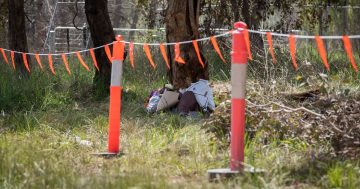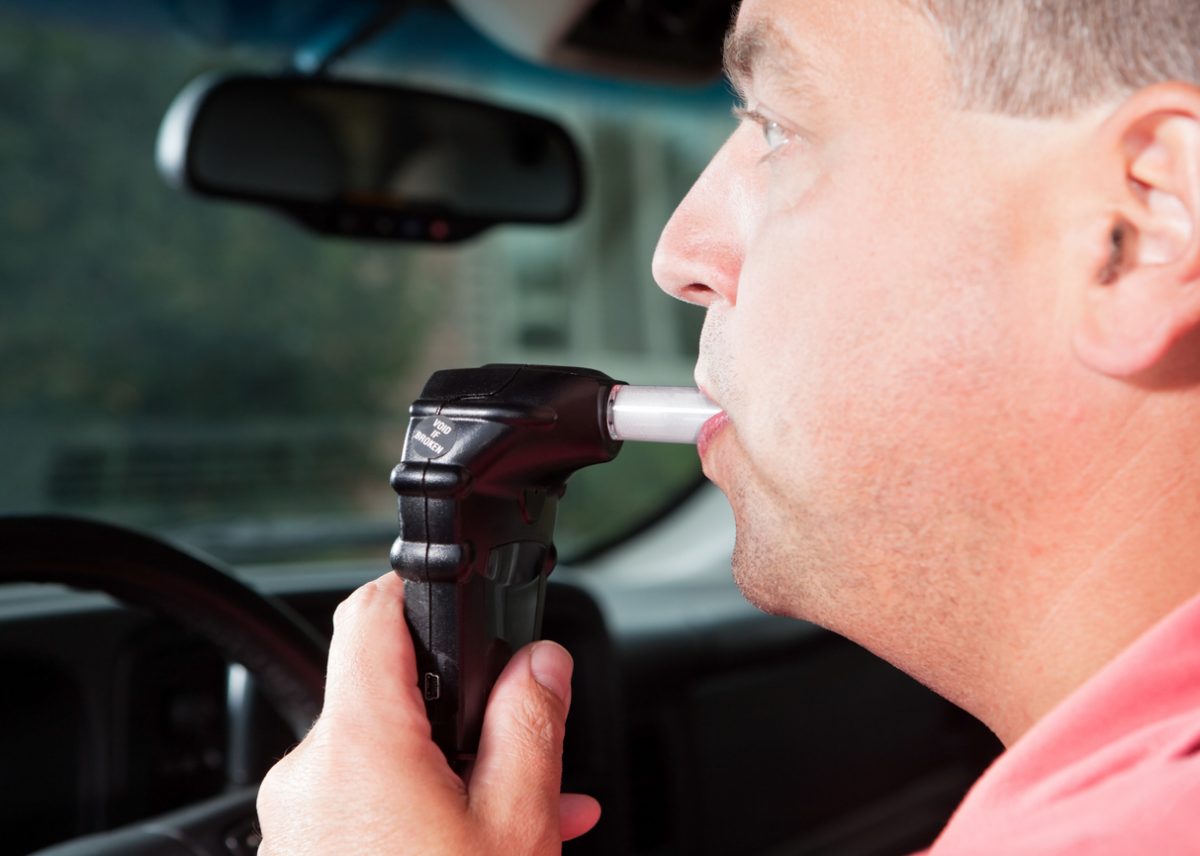
Could mandatory interlocks in all vehicles stop driving under the influence? Photo: File.
As the road toll hits its highest point in more than a decade, stopping dangerous driving seems more difficult than ever.
An ongoing committee inquiry has heard technological advances like interlocks, speeding detection systems and more surveillance could be the key to safer roads.
But some are calling for caution and evidence.
Like many, Dr Rod Katz, who sits on the ACT Road Safety Board, became involved with road safety after the death of a friend.
He said criminal justice responses alone were not enough and the Territory should investigate a broad range of changes to vehicles, many of which are being introduced in Europe.
This included mandatory dash cams or “black box” data logging, which could then be used to determine the facts of a specific incident.
“We need to capture evidence about what’s going on on our roads and we do that through dash cams, CCTV and data logging,” Dr Katz told the inquiry.
“That can make a huge difference and we can support our police teams.”
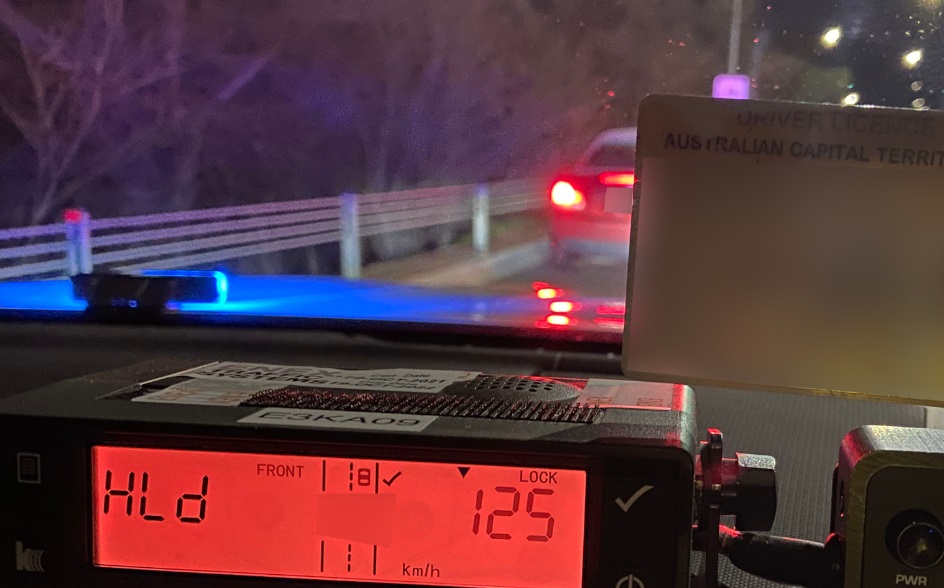
ACT Policing are doing investigations of its own into new technology to stop dangerous driving in its tracks. Photo: ACT Policing.
Dr Katz said police could use this sort of technology to apprehend absconding drivers.
The use of “black box” technology was also supported by the Motorcycle Riders Association of the ACT.
ACT Policing is currently investigating Operation SNAP, an initiative from the Welsh police where the public can submit photographic and video submissions (most via dashcam) to the police of dangerous driving.
RoadsACT does have a network of road cameras installed at key intersections around the Territory, but these can only be used for traffic monitoring and the data is not stored, nor can it be provided to police after an incident.
Police have their own CCTV network as well.
Dr Katz encouraged lawmakers to investigate the possibility of increasing the use of interlocks to prevent dangerous, impaired driving.
Interlocks disable a vehicle if the driver is found to be under the influence of alcohol or other illicit substances.
Currently, they are only installed after a person has been charged with driving under the influence.
A further technological advance of interest was Intelligent Speed Adaption (ISA). This will be mandatory in new vehicles sold from July 2024.
It’s a system that provides feedback to the driver if the vehicle exceeds the speed limit by working with GPS and a speed zone database.
Feedback can include cascading noise, cascading vibrating, pushback from the accelerator and the car overriding the driver to slow down gently in some cases.
“Some of these warnings can be very annoying. It’s the sort of nudge you need if you’re 5 km/h over and you’re told just to bring it down,” he explained.
A NSW Government trial in 2010 found ISA was able to reduce speeding in 89 per cent of trial vehicles.
Dr Katz acknowledged the resource constraints on the Territory when it came to the implementation of this novel technology but said things could be done to the government fleet, for example.
Local company Seeing Machines is also building smart driving monitoring systems.
Some are calling for some caution before moving full steam ahead with surveillance technology.
The ACT Council of Social Service, for example, has raised concerns about technology being used to target the most vulnerable community members.
ACTCOSS head of policy Dr Gemma Killen said they are not “alarmist” about all technological advances but a nuanced and evidence-based approach was necessary.
“Our concern across all technologies is that sometimes it leads to more bias and not less. We need an evidence base to suggest that isn’t happening,” Dr Killen told the inquiry.
“With data logging, we’d want to see proof that it wasn’t leading to more vulnerable people being targeted and that it was leading to a reduction in offences.”
ACTCOSS had particular issues with several items included on the police’s wishlist, including police wanting to attach GPS trackers to cars, the use of drones as surveillance items and automatic licence plate recognition.
A final day of dangerous driving public hearings will be held next month.












